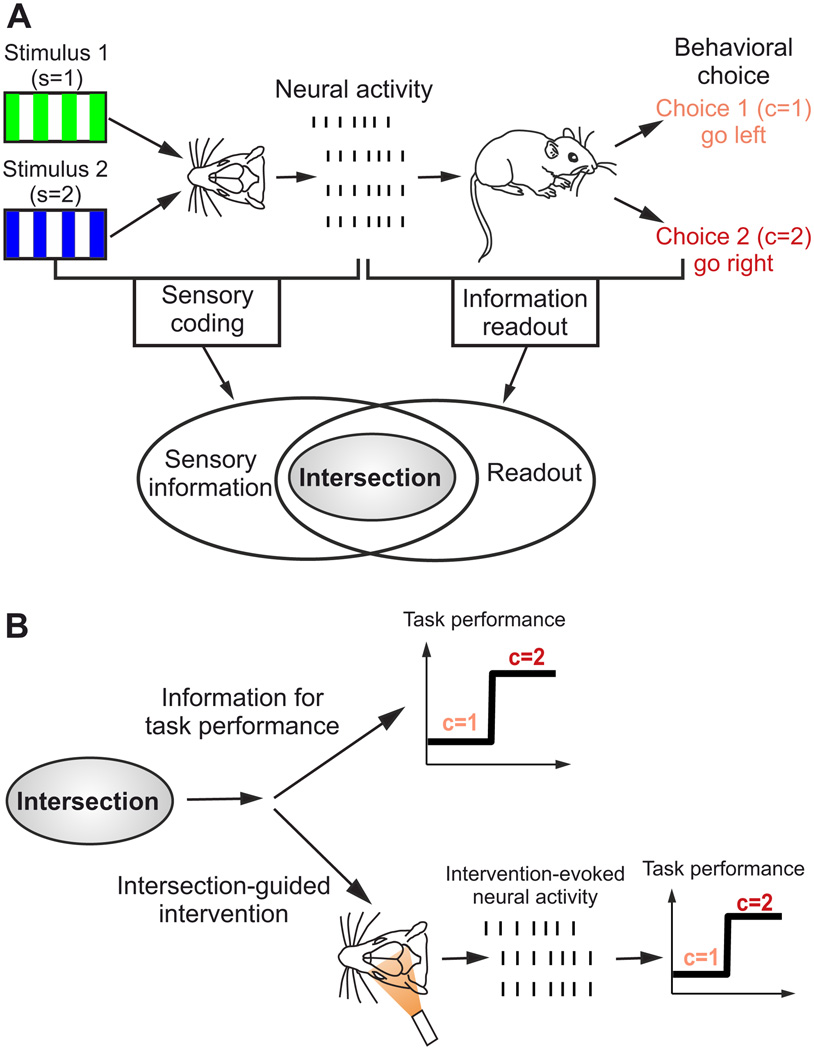Figure 1. Intersection information helps combining statistics, neural recordings, behavior and intervention to crack the neural code for sensory perception.
A) Schematic showing two crucial stages in the information processing chain for sensory perception: sensory coding and information readout. In this example an animal must discriminate between two stimuli of different color (s=1, green and s=2, blue) and make an appropriate choice (c=1, pink and c=2, red). Sensory coding expresses how different stimuli are encoded by different neural activity patterns. Information readout is the process by which information is extracted from single-trial neural population activity to inform behavioral choice. The intersection between sensory coding and information readout is defined as the features of neuronal activity that carry sensory information that is read out to inform a behavioral choice. Note that, as explained in the main text, a neural feature may show both sensory information and choice information but have no intersection information; this is visualized here by plotting the intersection information domain in the space of neural features as smaller than the overlap between the sensory coding and information readout domains. B) Only information at the intersection between sensory coding and readout contributes to task performance. Neural population response features that belong to this intersection can be identified by statistical analysis of neural recordings during behavior. Interventional (e.g. optogenetics) manipulations of neural activity informed by statistical analysis of sensory information coding can then be used to causally probe the contribution of neural features to task performance at this intersection.

